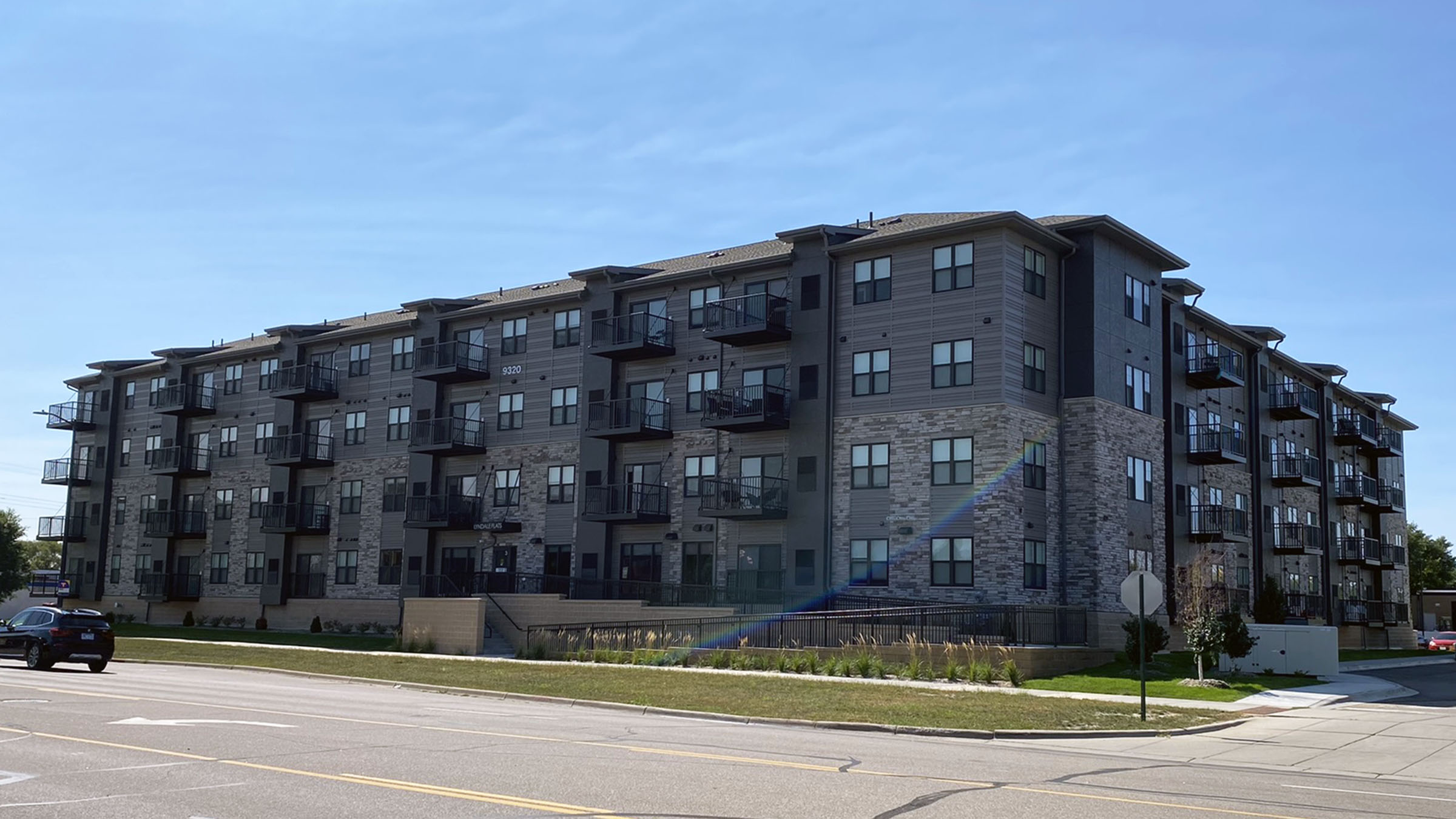For the third year in a row, we’ve taken an inventory of new changes states have made to their regulatory frameworks for housing. The results indicate that in 2025, places with a history of making it easier to build homes are taking things further. More states are going beyond land use reform and are now revisiting building codes and other regulations.
These changes are often inspired by data that suggest many regions are in the midst of a housing shortage. A greater supply of homes could ease the price pressures increasingly felt by households. State policymakers probably hope that making it easier to build homes will make it cheaper to buy or rent one.
At the Federal Reserve Bank of Minneapolis, we regularly hear stories about housing shortages in the Ninth Federal Reserve District, in communities large and small. We also hear a lot about how the regulatory environment for housing production varies quite a bit, even within a metropolitan area.
That’s why we track housing-related regulatory changes around the country. By examining shifts in the rules for construction and the potential change in supply levels that may follow, we can better understand how the Ninth District’s housing prices might move in the future. This work is part of our Community Development and Engagement team’s focus on low- and moderate-income households, and it helps inform Federal Reserve leaders as they weigh decisions about monetary policy.
Making production easier through a steady stream of tweaks
Local governments establish comprehensive plans and zoning codes that lay out the ground rules for development within their boundaries. In this article, we’ll refer to these as “land use regulations.” Builders can apply for exemptions from some of them. Even if a proposed project conforms to a locality’s rules, however, the development process often requires approval by local elected officials. That introduces uncertainty, risk, and delays. Developers, housing affordability advocates, and economists often argue that these add significant cost to housing development.
That’s why many efforts to lower the cost of housing production focus on revising land use ordinances. As was the case last year, some of 2025’s most significant changes came in state legislatures that are hardly rookies when it comes to rethinking land use rules.
California, Florida, Maine, Montana, Oregon, and Washington enacted major land use reforms within the past few years. Each returned to the matter in 2025. In total, states made too many updates to describe in detail here. Many states honed their existing laws to clarify policymakers’ original intentions. Others expanded housing-friendly policies’ reach to new parts of a state.
For example, in 2023, Montana passed a suite of laws intended to ease the barriers that land use regulations can create for housing construction. The reforms largely focused on efforts to make it easier to build multifamily buildings, duplexes, and accessory dwelling units (ADUs).
In 2025, Montana legislators doubled down on the theme. In some cases, this meant expanding the geographic coverage of a reform. The 2023 laws required municipalities to allow ADUs. The 2025 update extended that requirement to unincorporated areas.
Montana’s latest reforms also addressed issues that might interfere with its prior attempts to encourage housing production. For example, the 2023 reforms did not address parking requirements. Nationally, such requirements vary considerably across local jurisdictions for everything from bowling alleys to missing middle housing.
Parking spaces can add significant costs to housing development. Advocates of reform often argue that mandated parking minimums force builders to provide too many spaces. When cities have reduced or eliminated parking minimums, developers still build parking—they just tend to build less of it. In 2025, Montana greatly reduced the number of parking spaces a locality can require for a housing unit. For some projects, parking requirements will be eliminated completely, giving developers the responsibility to assess and meet market demand for spaces.
Changing processes along with policy
Regardless of how many changes a state or locality makes to land use regulations, there will still be a need to adjudicate any requested deviations from those rules. Sometimes these processes are tied directly to land use. For example, developing new housing often requires a subdivision of property.
Subdivision as a legal process occurs when a property owner wishes to transform a single parcel into multiple lots. Sometimes subdivision takes place when a developer is turning large tracts of land into small, single-family home lots—in a “subdivision”—to resell to households. In other cases, an owner of a single-family home could subdivide their lot to build another single-family home to sell or rent.
In many places, an owner of a single-family home would undergo the same involved, multistep subdivision-approval process as a large developer. Such requirements add significant costs, time delays, and risk to small projects that are unlikely to have a large impact on a neighborhood.
In 2025, California, Maine, Montana, Rhode Island, Utah, and Washington made changes to their subdivision processes. Generally, these changes allow smaller projects to be treated administratively. An administrative process allows professional staff to determine whether a project checks all the boxes necessary for a builder to break ground. That’s more predictable than a process that requires elected officials to vote on a proposal.
In some cases, states are also re-examining and reconfiguring processes outside of the land use realm that impact housing production. These processes serve some broader policy goal, like environmental protection or historic preservation.
For example, the California Environmental Quality Act (CEQA), which dates to 1970, allows community members to request an environmental review for construction projects. A law California passed in June 2025 exempts smaller, infill residential developments from CEQA’s requirements. The critics who proposed the changes argued that CEQA was being applied to projects that were unlikely to pose a meaningful environmental risk. In such cases, they argued, CEQA added delays and costs to the building process without meeting its environmental protection goals.
In addition to rethinking environmental reviews, states are revisiting the way historic preservation decisions are made. Historic preservation status can allow local jurisdictions to hang on to architectural character that’s important for a community—something that’s hard to put a price tag on. But critics argue that in some cases, historic preservation is used to protect properties of dubious historical significance in order to limit housing production or commercial development. In 2025, Hawaii, Montana, and Washington changed the way historic preservation decisions are made in order to provide more certainty in their approaches.
Cracking the (building) code for more housing
States and local governments both play a role in adopting building codes. These codes spell out what a builder is required to do to meet a community’s standard for safety.
In some cases, zoning or building codes can make it difficult to build and site modular and manufactured housing. These two housing types are distinct products governed by different rules. Manufactured housing units, built in factories on steel chassis with wheels attached, must comply with the building standard that the U.S. Department of Housing and Urban Development (HUD) specified in its 1976 HUD Code. Modular housing is built in factories and assembled onsite on a permanent foundation, following all state and local building codes.
In 2025, Colorado, Kentucky, Montana, Rhode Island, Texas, and Vermont joined at least six other states that have made an attempt to level the playing field for factory-built housing. Some of these changes specifically address modular homes through building code reforms. For example, Colorado’s approach streamlines the permitting and inspection process for homes that are factory-built. It reduces the number of local regulations and inspecting agencies that govern modular and manufactured homes.
Other approaches focus on zoning or financing barriers to factory-built home construction. For example, in Montana, a new law prohibits local permitting or zoning rules from treating manufactured or modular housing differently than conventionally constructed, “stick-built” homes.
Other states changed their building codes’ stance on staircases. Most states require an apartment building with at least three stories to have two staircases, to provide multiple escape routes in the event of a fire. Critics of these rules argue that “single-staircase” multifamily buildings can be designed without any increased safety risks. They point out that a single-staircase building can hold more apartments compared to a two-staircase building with the same square footage, which can allow for denser development on smaller lots. As an added bonus, they say, single-staircase buildings offer architects more aesthetic flexibility.
In 2025, Colorado, Maryland, Montana, and Texas joined at least 11 other states that either allow or are developing rules for single-staircase designs for taller apartment buildings.
Tracking policies that support the flow of housing production
It’s unlikely that any single piece of legislation would instantly correct the impact of a decade of historically low housing production or other market pricing pressures. However, economic theory and evidence suggest that policies supporting the market’s ability to provide more housing will also lead to lower rents and lower home prices for households. As states continue to serve as laboratories for housing regulation, researchers at the Minneapolis Fed will continue to track their progress—and, where possible, measure their impact.








